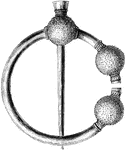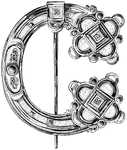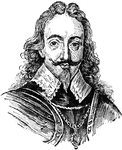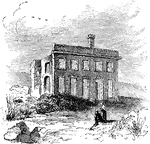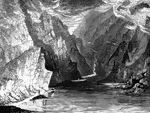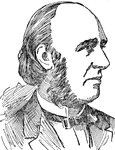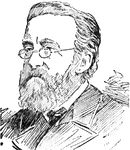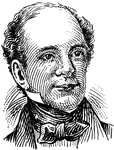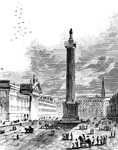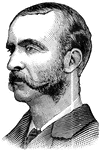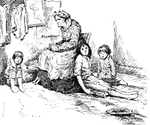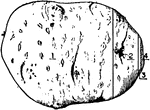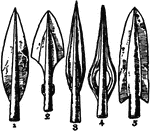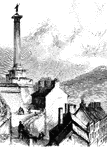Clipart tagged: ‘Ireland’
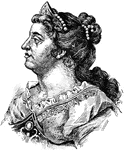
Queen Anne of England
The Queen of England, Scotland and Ireland. She was born on February 6, 1665 and died on August 1, 1714.

Highland Bagpipe
"Bagpipe, a musical wind-instrument of very great antiquity, having been used among the ancient Greeks,…
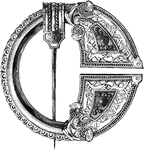
Royal Tara Brooch
The Royal Tara brooch is made out of bronze with niello (black metallic alloy) and gems. It was found…

Charles II
Charles II (Charles Stuart; 29 May 1630 - 6 February 1685) was the King of England, Scotland, and Ireland.
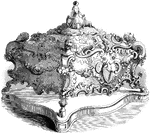
Wine Cooler
This wine cooler is richly designed on all sides. It has bacchanalian (God of festivities) busts on…

Crannoge
"Crannoge, the name given in Ireland and in Scotland to the fortified islands in lakes which were in…

Monumental Cross
This monumental cross was made in Ireland. It depicts scenes from the Gospel as described in the Old…
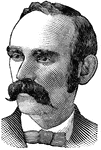
Michael Davitt
Davitt was an Irish campaigner and politician who was a nationalist. He founded the National Land League.
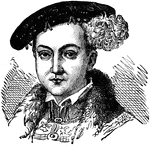
Edward VI of England and Ireland
Edward VI (12 October 1537 - 6 July 1553) became King of England and Ireland on 28 January 1547 and…

George I, King of England
The King of Great Britain and Ireland from August 1, 1714 until he died on June 11, 1727.

Usual Appearance of George III. About 1776 (From a sketch by Gear.)
George III (George William Frederick; 4 June 1738 - 29 January 1820) was King of Great Britain and King…
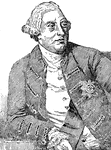
George III
The King of Great Britain and King of Ireland until their union in 1801. He continued his reign over…

Giant's Causeway
The Giant's Causeway is an area of about 40,000 interlocking basalt columns, the result of an ancient…
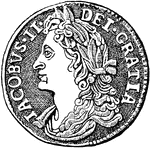
Obverse Side of Gun Money
"Obverse. Gun-money. Half-crown, 1689. GUN-MONEY. Money of the coinage issued by James II in Ireland…
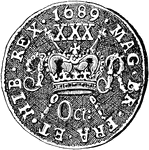
Reverse Side of Gun Money
"Reverse. Gun-money. Half-crown, 1689. GUN-MONEY. Money of the coinage issued by James II in Ireland…
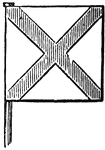
Ireland, St. Patrick's Banner
Ireland, St. Patrick's Banner. St. Patrick is the patron saint of Ireland.

Marmorization of Chalk Beds
Marmorization of chalk beds by basalt. Island of Rathlin on coast of Antrim, Ireland.
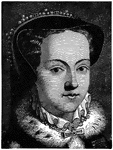
Mary I of England
Mary I (18 February 1516 – 17 November 1558), was Queen of England and Queen of Ireland from 19…
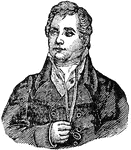
Thomas Moore
"Moore, Thomas, the national poet of Ireland, was born in 1799 in Dublin, where his father was a grocer;…

Mrs. Parnell
Mother of Charles Stewart Parnell and is called an "American lady." She is the daughter of Commodore…
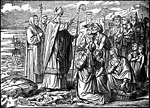
Saint Patrick Blesses the Irish and Banishes Snakes
Illustration of Saint Patrick on the shores of Ireland, with bishop's miter and crosier, and other clergy…

Shamrock
"The national emblem of Ireland, is a plant with a leaf formed from three leaflets. It is thought to…
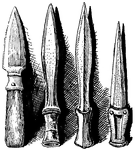
Skeans - Ancient Irish Daggers
"A dagger; specifically, an ancient form of dagger found Ireland, usually of bronze, double-edged, and…
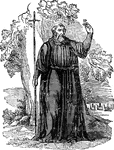
St. Patrick
"St. Patrick appears to have been a native of Boulogne, in France, and to have been born about the year…

Badge of the Order of St. Patrick
"St. Patrick, or Patricius, is the apostle or patron saint of Ireland; said to have been born near the…

